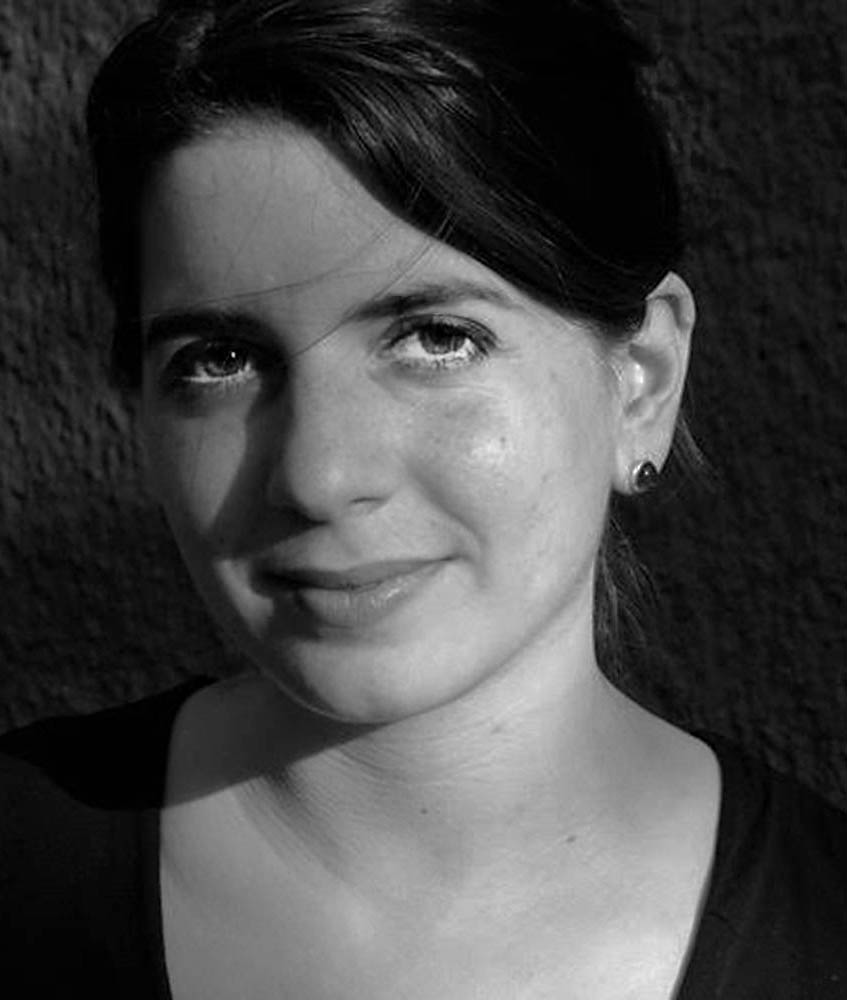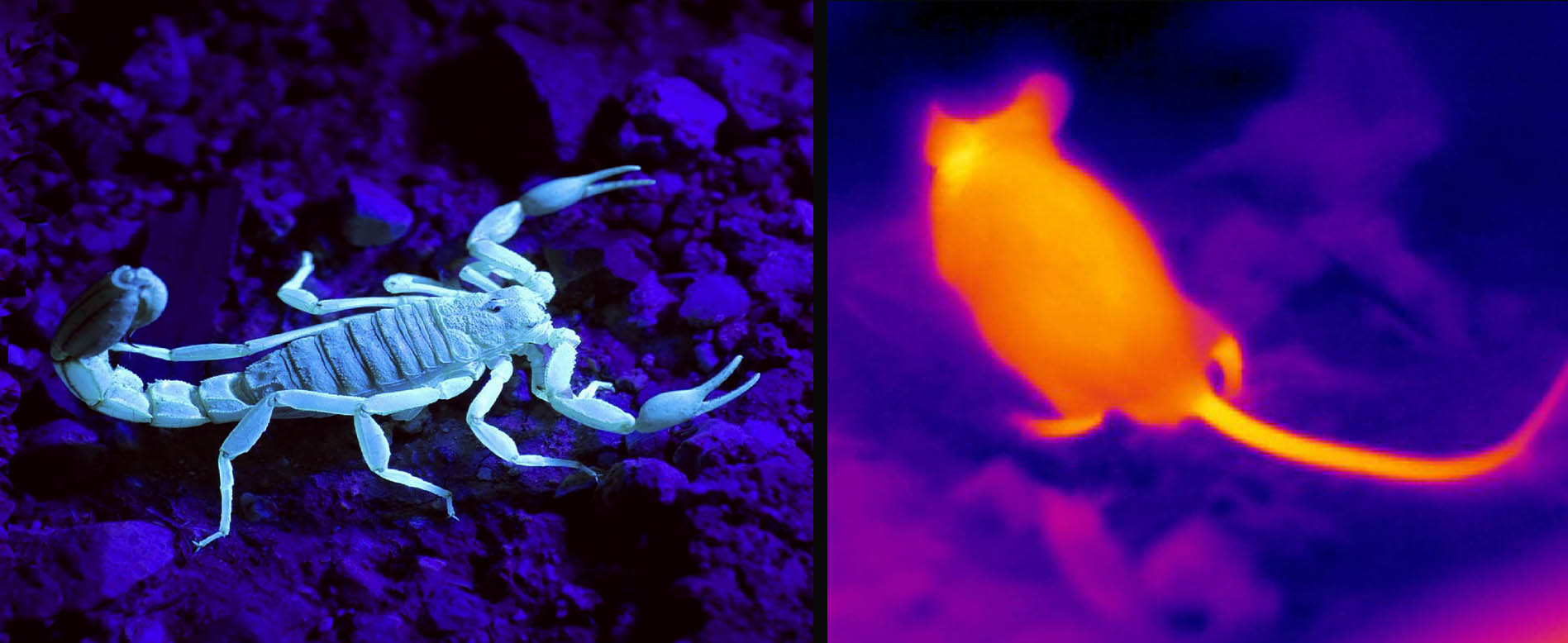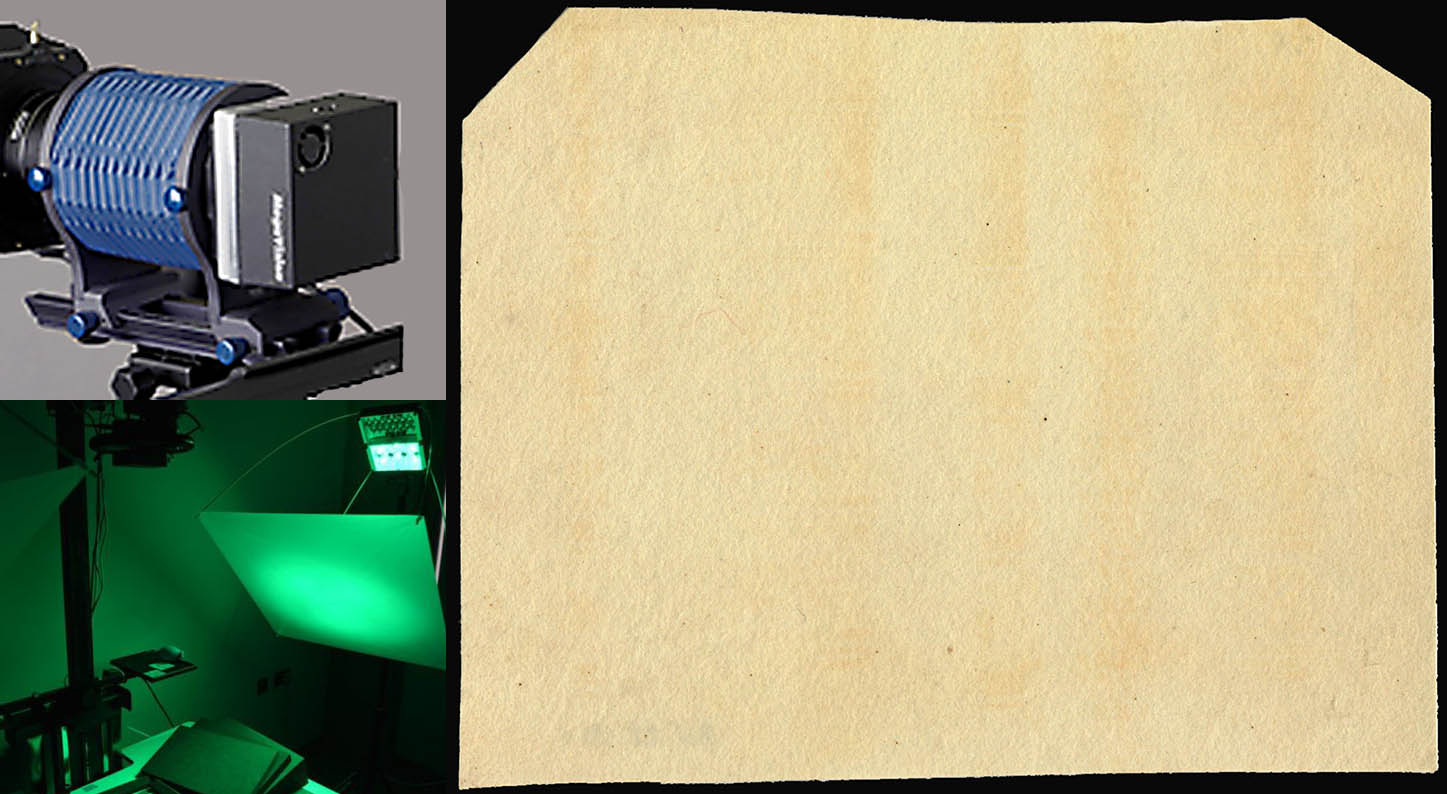Dr Mirjam Brusius joins our Advisory Board
I’m excited to welcome Mirjam Brusius as the latest addition to our Board. While completing her PhD on Talbot’s antiquarian interests at Cambridge, Mirjam catalogued Henry’s unruly but rewarding notebooks for the British Library. She was one of the organisers for the 2010 conference William Henry Fox Talbot: Beyond Photography, published in book form in 2013. Postdoctoral fellowships at the Max Planck Institute, Harvard University and Oxford followed. Her special interest is the history of photography and collecting in Victorian Britain and the Middle East and her worldwide meanderings would be the envy of any travel writer. Dr Brusius is currently a research fellow at the German Historical Institute in London.
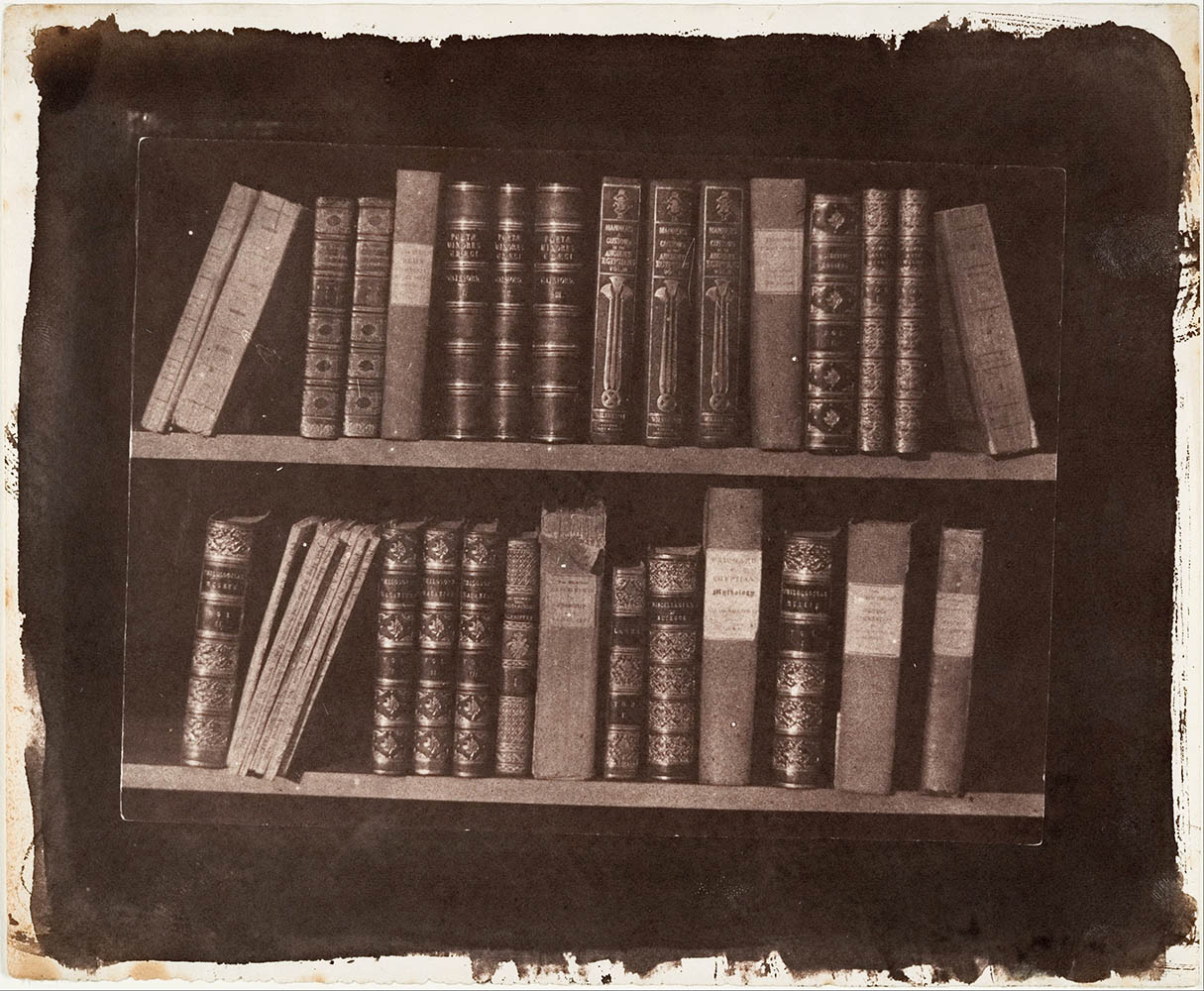
Last week we looked at the literal meaning of one of Talbot’s iconic photographs, A Scene in a Library. It is an immensely satisfying and thought-provoking image and the text that accompanies it is one of the longest in The Pencil of Nature. However, the content of the text is far from what we might predict, for contemplating this image took Talbot’s imagination off in a totally unexpected direction.
(normally I would simply let you enjoy this lovely letterpress but I am informed that a very high percentage of you are reading this blog on your tiny little mobile screen (think of the beautiful images that you are missing). So here is what Talbot published for his ‘Scene in a Library’:
Among the many novel ideas which the discovery of Photography has suggested, is the following rather curious experiment or speculation. I have never tried it, indeed, nor am I aware that any one else has either tried or proposed it, yet I think it is one which, if properly managed, must inevitably succeed.
When a ray of solar light is refracted by a prism and thrown upon a screen, it forms there the very beautiful coloured band known by the name of the solar spectrum.
Experimenters have found that if this spectrum is thrown upon a sheet of sensitive paper, the violet end of it produces the principal effect: and, what is truly remarkable, a similar effect is produced by certain invisible rays which lied beyond the violet, and whose existence is only revealed to us by this action which they exert.
Now, I would propose to separate these invisible rays from the rest, by suffering them to pass into an adjoining apartment through an aperture in a wall or screen of partition. This apartment would thus become filled (we must not call it illuminated) with invisible rays, which might be scattered in all directions by a convex lens placed behind the aperture. If there were a number of persons in the room, no one would see the other: and yet nevertheless if a camera were so placed as to point in the direction in which any one were standing, it would take his portrait, and reveal his actions.
For, to use a metaphor we have already employed, the eye of the camera would see plainly where the human eye would find nothing but darkness.
Indeed, however much we might think we are at the top of the food chain, we have our limitations, one being that our eyes respond to only a fairly limited portion of the electromagnetic spectrum, much less so than some creatures.
The graph at the top right represents the band of light that we can see – on the bottom is what the far more complex eyes of the Mantis Shrimp can detect. These creatures have other visual advantages, such as perceiving polarisation, but if we could put on those shrimp eyes we would immediately see well into the infrared and ultraviolet portions of the spectrum (and look pretty cool doing it). If you want to learn more about this, here are a couple of articles to get you started.
We have developed artificial ways of extending our vision. My friends in Arizona keep an ultraviolet torch (flashlight) by their back door in case they want to venture out into the garden at night. I’ve often thought that Nature gave cats long tails so that we would have some illusion of control over them – similarly, the deadly scorpion has been imbued with a weakness, phosphors under its skin that glow in ultraviolet light, giving my friends some little comfort while sipping their tequila, leaning on the stone wall. We can also fairly readily acquire infrared sensors that allow us to ‘see’ a warm mouse scurrying through the darkness. Either of these would suit Talbot’s idea of capturing rays of light that are invisible to humans through the use of photography.
Now, can we put this to use in analysing Henry Talbot’s photographic legacy?
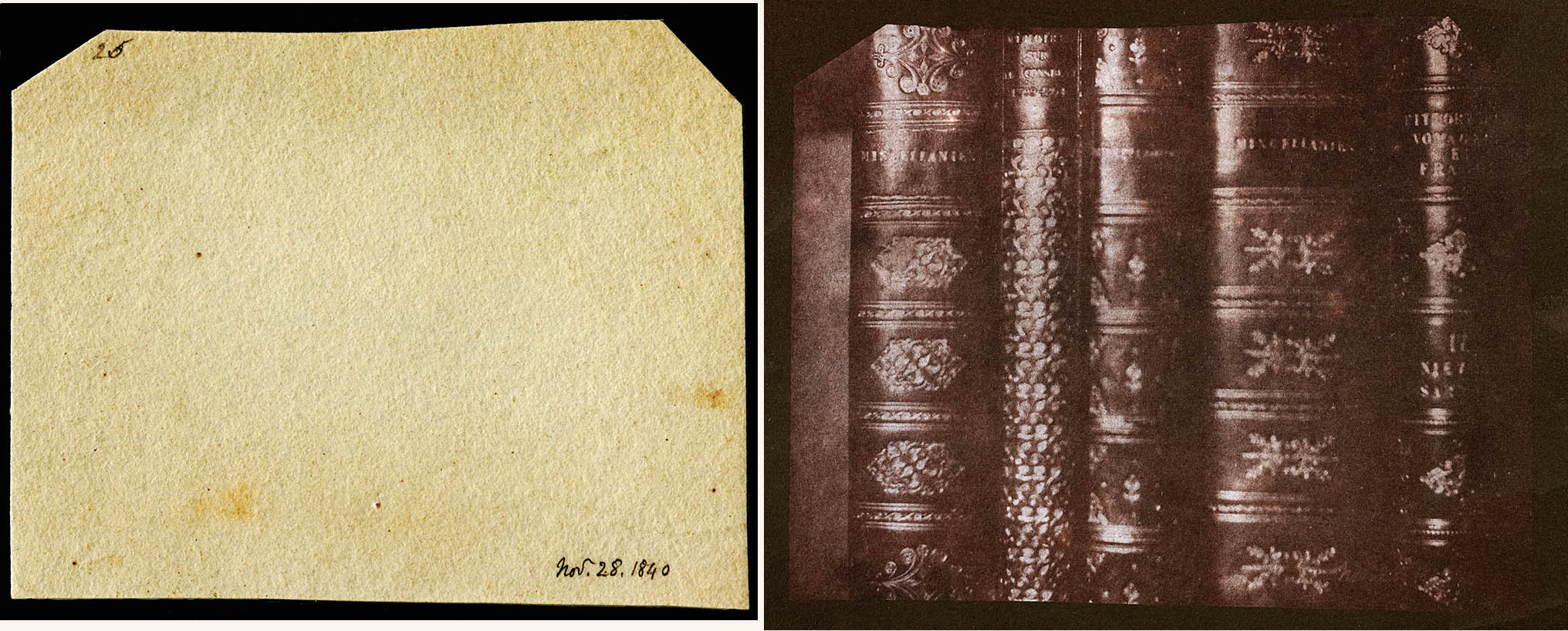 We saw this 28 November 1840 image in last week’s blog. Although small, it is a fabulous and detailed closeup of the bindings of some of his books. We are fortunate that one really fine print was preserved by Lady Elisabeth. Sadly, the negative has almost totally faded. Talbot’s lack of ability to cut a straight line is of great use to us here, for I first associated this negative and its print through the distinctive curves and clips of the negative’s outline – that told me what the negative once showed and it simultaneously dated the print – each made its own contribution. The negative was one of Talbot’s first developed calotype negatives so we can forgive him for it fading. But while this negative is nearly a blank sheet of paper to our eyes, it retains invisibly differing amounts of chemistry in different areas. It is capable of yielding information that we cannot perceive with the sensors perched above our nose.
We saw this 28 November 1840 image in last week’s blog. Although small, it is a fabulous and detailed closeup of the bindings of some of his books. We are fortunate that one really fine print was preserved by Lady Elisabeth. Sadly, the negative has almost totally faded. Talbot’s lack of ability to cut a straight line is of great use to us here, for I first associated this negative and its print through the distinctive curves and clips of the negative’s outline – that told me what the negative once showed and it simultaneously dated the print – each made its own contribution. The negative was one of Talbot’s first developed calotype negatives so we can forgive him for it fading. But while this negative is nearly a blank sheet of paper to our eyes, it retains invisibly differing amounts of chemistry in different areas. It is capable of yielding information that we cannot perceive with the sensors perched above our nose.
Now, we don’t want to excite its energy levels so much so that it glows in the dark like a scorpion (although one researcher attempted this on another Talbot negative through the use of neutron irradiation, perhaps the subject of a future blog). But what if we take an approach closer to that of the mouse above, artificially expanding our vision to ‘see’ the invisible, just like Talbot suggested?
Talbot’s 1843 birds-eye view of the city of Orleans, France, is nearly invisible in the print on the left. Much of the reason is that the chemicals making up the image and those remaining in the paper have been affected over time, perhaps by atmospheric intrusion, perhaps by proximity to other sheets of paper, perhaps by chemistry accidentally left in at the time of its making – and most likely by a combination of these. The highlights and shadows all blend together in our limited range of vision. On the right is a copy of that visually-weakened print, one made by carefully restricting the wavelengths of light that reach it and therefor separating tones that are there but beyond our perception. It was taken through the use of multi-spectral imaging, a technology already in use on artifacts such as the Dead Sea Scrolls and the Gettysburg Address.
In the past, this enhanced copy might have been attempted using filters on the camera lens to enable the film to see certain information without distraction. This strengthening has its limitations, especially in that the texture of the paper fibers begins to overwhelm the image itself.
Thanks to digital technology, multi-spectral imaging holds out the potential to ‘see’ previously-invisible Talbots. Above is the active side of the little library negative and you might just be able to make out slight differences of tone between reddish and orange-ish areas. In many ways Kodak missed the boat on the digital age, leading to their downfall, but curiously they developed some highly sophisticated sensors. The Megavision camera at the top left is built around a 50mb Kodak sensor. The filters added to all digital sensors to make them behave like ordinary photographic film have been removed and specialised software processes the results. At the bottom is the British Library’s special lighting setup that is a complement to this type of camera. It takes advantage of the fact that LED lights can be manufactured to emit only very specific wavelengths of light. With multiple kinds integrated into an array controlled by software, the light bank can be made to emit just those colours of light that prove useful in separating the information.
There is additional potential in this approach, that of a more benign treatment of the precious original. In normal copy photography, analogue or digital, it is usual to throw a full spectrum of light on the subject, often filtering out the damaging ultraviolet and limiting the heating effect of the infrared. Only a portion of these wavelengths are useful, meaning that a whole lot of energy is heaped onto the vulnerable photograph but wasted in the copying. By tightly matching the light energy emitted by the LEDs to the responsiveness of the sensor, only useful light falls on the subject and no more. Talbot understood that at least by 1839 when he suggested putting blue glass between the sunlight and the flower that he was photographing, exploiting the blue rays of light that his photogenic drawing materials were sensitive to while blocking the hot reddish rays that were of no use photographically but would wilt the flowers. In the case of the LEDs, we are not blocking any undesired or useless wavelengths but rather ensuring that they are not present in the first place.
We haven’t actually tried this approach yet on a real Talbot negative, but assuming that any conservation concerns are resolved, I am pretty confident that it would work. If for some reason multi-spectral imaging doesn’t yield the results we hope for here, surely some other technology is coming down the pike that will. For the skeptics among us, I’ll end with Henry Talbot’s own words:
Alas! that this speculation is somewhat too refined to be introduced with effect into a modern novel or romance; for what a dénouement we should have, if we could suppose the secrets of the darkened chamber to be revealed by the testimony of the imprinted paper.
Larry J Schaaf
• Questions or Comments? Please contact digitalsupport@bodleian.ox.ac.uk • WHFT, A Scene in a Library, salted paper print from a calotype negative, prior to 22 March 1844, same as plate VIII in The Pencil of Nature, No. 2, published, 29 January 1845, Metropolitan Museum of Art, New York, 2005.100.172; Schaaf 18. • WHFT, Study of Books, salted paper print from a calotype negative, 28 November 1840; verso of the negative in the Smithsonian’s National Museum of American History, 1995-206-51; print in one of Lady Elisabeth Feilding’s albums in the National Science and Media Museum, Bradford, 1937-366/110; Schaaf 2531. • WHFT, View over the City of Orleans, salted paper print from a calotype negative, 14 June 1843, National Gallery of Canada, Ottawa, 33535; Schaaf 1413. I would like to thank John McElhone for suppling Ken Boydston’s multi-spectral enhanced view of this print. • WHFT, Study of Books, salted paper print from a calotype negative, 28 November 1840, recto of the negative in the Smithsonian’s National Museum of American History, 1995-206-51; Schaaf 2531.

